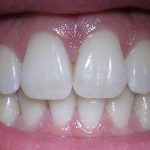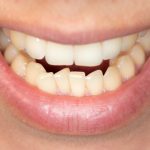Feline Dentistry: How Many Teeth Do Cats Have and Why It Matters
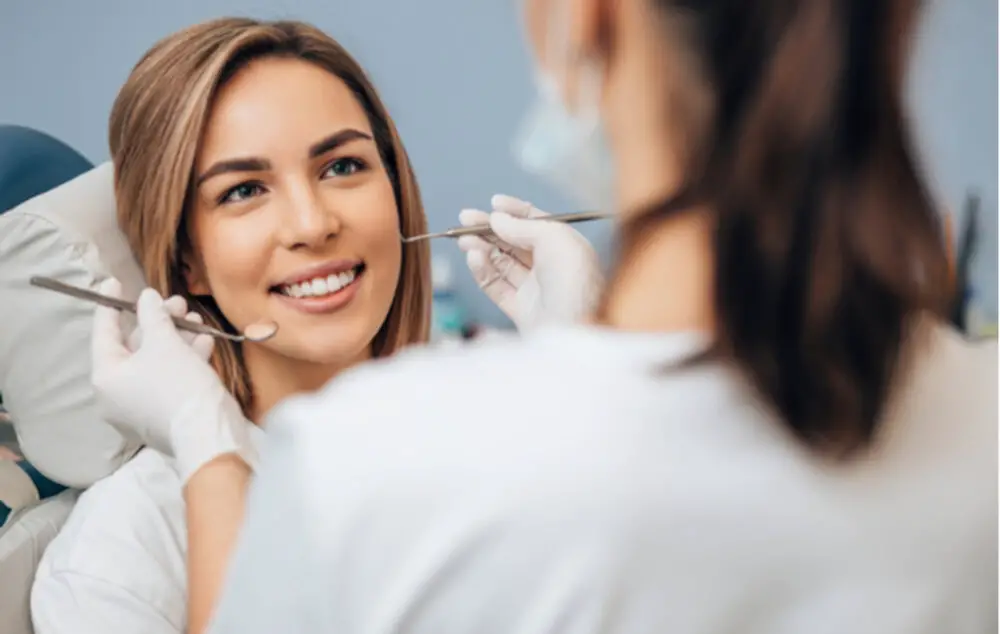
Feline dentistry is a specialized field of veterinary medicine that deals with the diagnosis, treatment, and prevention of dental problems in cats. Many people are unaware of the importance of dental health in their feline companions, and as a result, dental problems often go unnoticed until they become severe. One of the most fundamental aspects of feline dentistry is the number of teeth that cats have, which varies depending on their age and breed. Understanding the number and arrangement of a cat’s teeth can help veterinarians identify dental problems early on and prevent them from progressing to more severe stages. Cats have a unique dental structure that sets them apart from other animals. They are carnivorous mammals that have a specialized set of teeth designed to help them hunt and consume prey. In general, adult cats have 30 teeth, including 12 incisors, 4 canines, 10 premolars, and 4 molars. However, this number may vary depending on factors such as age, breed, and genetics. For example, some breeds of cats, such as the Siamese, may have fewer teeth than others due to genetic mutations. Additionally, kittens have a set of deciduous or baby teeth that they lose as they age, which are replaced by adult teeth. Understanding the number and arrangement of a cat’s teeth is essential for maintaining their dental health and preventing dental problems from developing.
Feline dentistry is a crucial aspect of overall cat health and wellness. Dental problems are common in cats and can cause a range of health issues, including pain, infection, and difficulty eating. Regular dental care, including dental cleanings and exams, can prevent these problems and ensure a healthy mouth and teeth. Feline dentistry also plays a role in preventing other health issues, such as heart disease and kidney problems, that can be caused by untreated dental issues. By prioritizing feline dentistry, cat owners can help their pets live longer, healthier, and more comfortable lives.
The article \Feline Dentistry: How Many Teeth Do Cats Have and Why It Matters\ is a comprehensive guide to understanding the dental health of cats. The article discusses the anatomy of a cat’s mouth, including the number and types of teeth, and the importance of good oral hygiene for cats. It provides an overview of common dental problems that cats may experience, such as periodontal disease and tooth decay, and their potential causes. The article also offers tips on how to maintain good dental hygiene for cats, including regular teeth brushing and veterinary check-ups. Overall, the article emphasizes the importance of paying attention to a cat’s dental health and taking proactive measures to prevent dental problems.
How Many Teeth Do Cats Have?
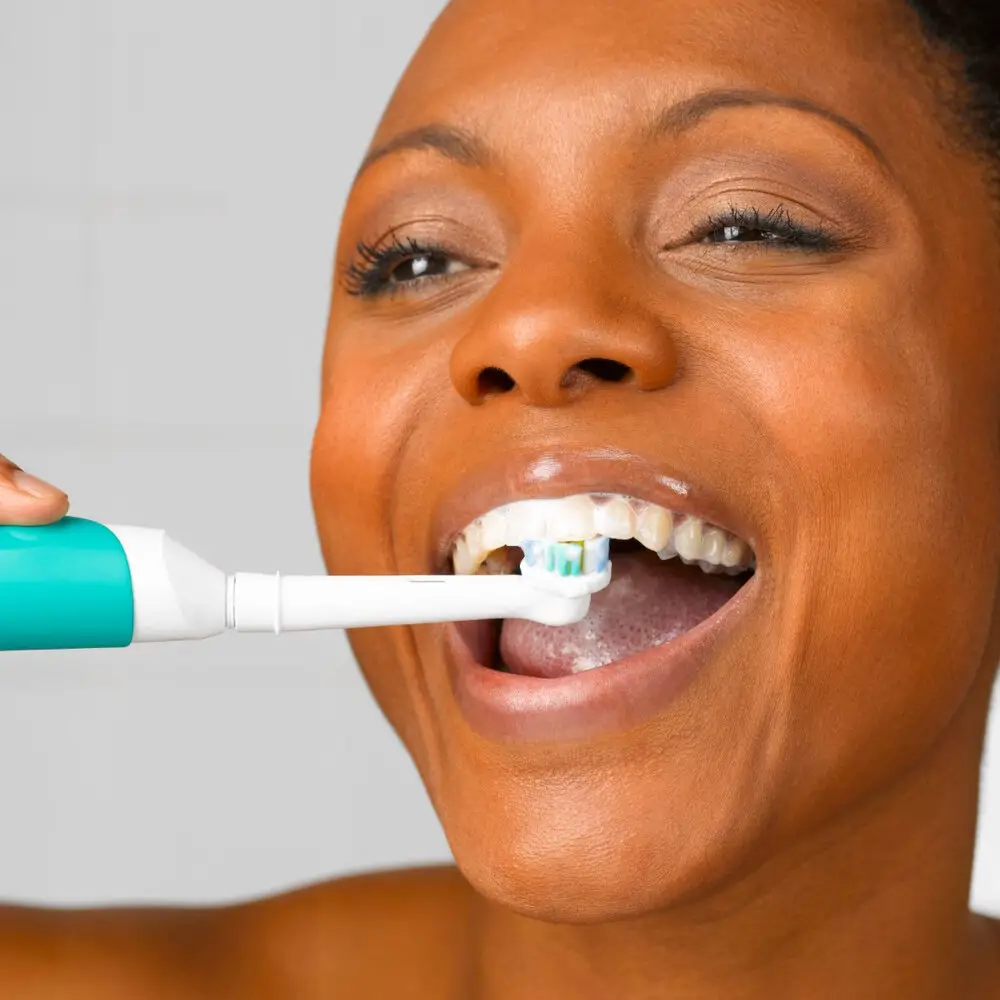
Feline dentistry is a crucial aspect of cat health, and one of the most frequently asked questions is about their teeth. Cats have a total of 30 teeth, arranged in a specific order. The dental formula for adult cats is 2 (I 3/3, C 1/1, P 3/2, M 1/1) = 30. The I stands for incisors, the C for canines, the P for premolars, and the M for molars. The formula can be read as follows: 3 incisors, 1 canine, 3 premolars, and 1 molar on each side of the upper and lower jaw. This configuration of teeth is essential for a cat’s survival in the wild and their domestic life. The importance of understanding a cat’s dental formula goes beyond satisfying curiosity. It is crucial for cat owners to be aware of their cat’s dental health, as dental problems can lead to a host of other health problems. Dental issues such as periodontal disease can lead to infections, abscesses, and even tooth loss if left untreated. Cats are notorious for hiding their pain, so it is essential to check their teeth regularly and schedule regular dental checkups with a veterinarian. In conclusion, knowing how many teeth cats have and their dental formula is vital for cat owners to ensure their pet’s overall health and well-being.
Cats are known for their sharp teeth that can easily tear through flesh, but they have different types of teeth that serve a variety of purposes. Incisors are located at the front of the mouth and are used for biting and grooming their fur. Canines are the long, pointed teeth that are used for gripping and tearing prey. Premolars are located behind the canines and are used for cutting and shearing meat. Finally, molars are located at the back of the mouth and are used for grinding and crushing food. Each type of tooth plays a vital role in a cat’s ability to hunt, eat, and maintain their overall dental health. Understanding the different types of teeth in cats can help pet owners identify potential dental issues and take steps to prevent them.
When it comes to feline dentistry, understanding the number of teeth a cat has is crucial. Adult cats have a total of 30 teeth, which are divided into incisors, canines, premolars, and molars. The first twelve teeth are incisors, which are used for biting and grooming. The four long and pointed canines, located at the front of the mouth, are used for catching and holding prey. The premolars, which are located between the canines and molars, are used for tearing and cutting. Lastly, the molars, located at the back of the mouth, are used for grinding and chewing. It’s important for cat owners to understand the number and function of their cat’s teeth, as dental issues can be a significant problem for cats if left untreated.
Why Dental Health Matters for Cats
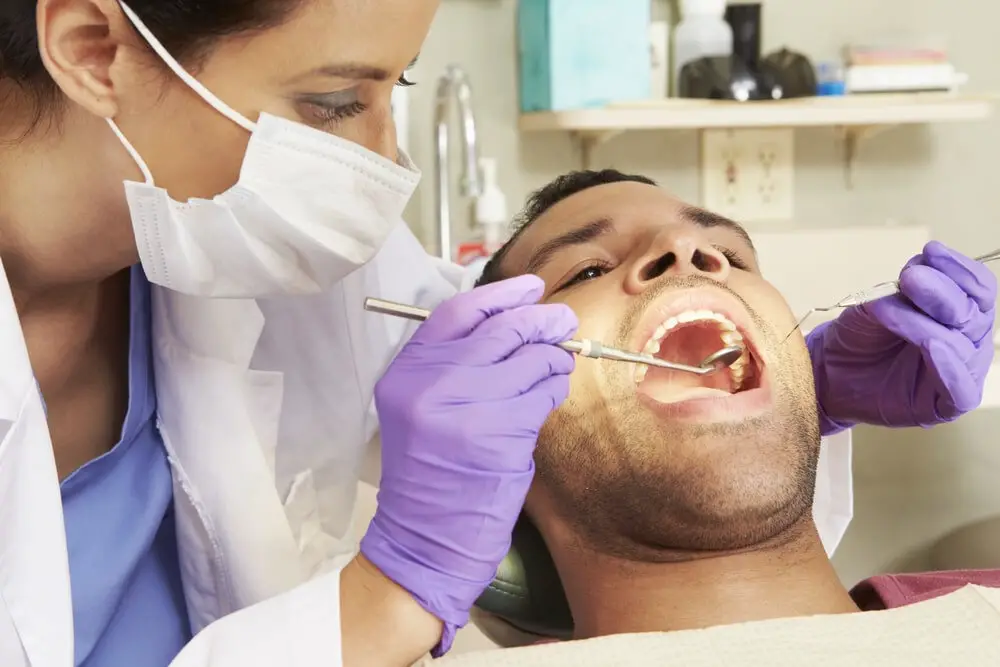
Dental health is essential for cats, just like it is for humans. It is not just about having clean teeth and fresh breath; it is about preventing serious health issues that can arise from poor dental hygiene. Cats have 30 teeth, and each tooth plays a vital role in their overall health. Neglecting dental care can cause many problems, from tooth decay and gum disease to more severe issues such as kidney and heart disease. Regular dental checkups can help catch these issues early and prevent them from becoming more serious. Cats are prone to dental issues, just like humans. The build-up of plaque and tartar on their teeth can lead to inflammation and infection of the gums, which can cause pain and discomfort. If left untreated, this can progress to periodontal disease, causing tooth loss and the spread of bacteria throughout the body. Poor dental health can also affect a cat’s diet, as it can be painful to eat with dental issues. Therefore, it is vital to prioritize your cat’s dental health by providing them with proper dental care, such as regular brushing, dental checkups, and a healthy diet.
Dental problems in cats can have a significant impact on their overall health. If left untreated, infections in the gums and teeth can spread to other parts of the body, potentially leading to serious complications. Pain and discomfort associated with dental issues can also affect a cat’s quality of life and lead to behavioral changes. Additionally, difficulty eating due to tooth decay or missing teeth can result in malnutrition and other health issues. For these reasons, it is important for cat owners to prioritize their pet’s dental health and seek veterinary care if any issues arise. Regular dental check-ups can help catch problems early and prevent more serious health issues from developing.
Cats, like humans, can experience a range of dental problems that can cause discomfort, pain, and even lead to serious health issues. Periodontal disease, a bacterial infection affecting the gums and supporting structures of the teeth, is one of the most common dental problems in cats. Tooth resorption, a condition where the tooth structure breaks down, is also prevalent and can cause severe pain and tooth loss. Gingivitis, or inflammation of the gums, is another frequent issue that can lead to periodontal disease if left untreated. Proper dental care, including regular check-ups with a veterinarian and regular teeth cleaning, can help prevent and manage these conditions, ensuring that your feline friend has a healthy and pain-free mouth.
Prevention and Treatment
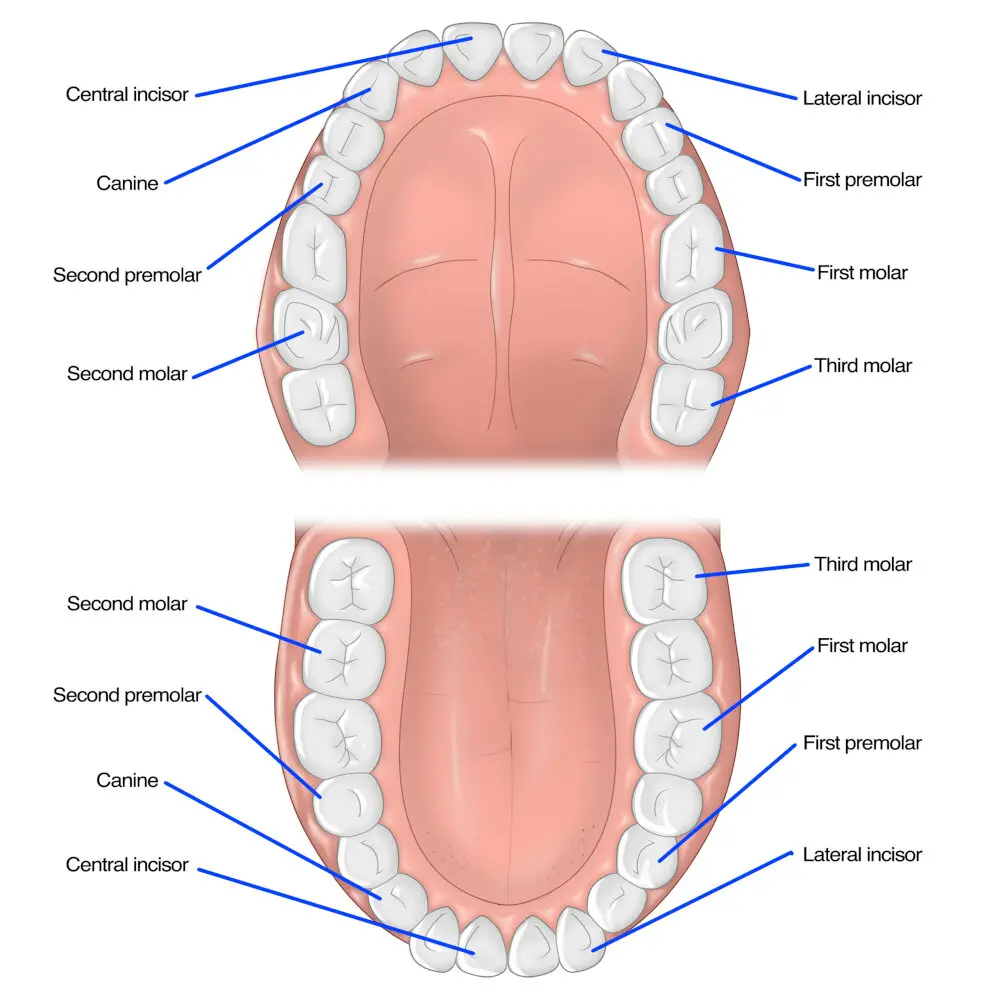
Prevention and treatment are crucial aspects of feline dentistry, as they help to maintain the health and well-being of cats. Preventative measures such as regular dental cleanings, proper nutrition, and at-home dental care can help to prevent dental disease from occurring in cats. Dental disease can cause pain, discomfort, and even infection, which can lead to other health problems if left untreated. By implementing preventative measures, cat owners can help to ensure that their feline companions maintain healthy teeth and gums throughout their lives. In cases where dental disease has already set in, treatment may be necessary to alleviate pain and prevent further complications. Treatment options for feline dental disease may include tooth extractions, periodontal therapy, and root canal therapy. These procedures are performed by a veterinarian who specializes in feline dentistry and can help to restore a cat’s dental health. It is important for cat owners to be aware of the signs and symptoms of dental disease so that they can seek treatment promptly if necessary. With proper preventative measures and prompt treatment, cats can maintain healthy teeth and gums and enjoy a happy, healthy life.
Preventing dental problems in cats is crucial to maintaining their overall health and well-being. Regular teeth cleanings, proper nutrition, and chew toys are three essential ways to keep your feline’s teeth and gums healthy. Regular teeth cleanings can be done at home or by a veterinarian to remove any tartar buildup and prevent gingivitis. Providing your cat with a healthy diet that includes high-quality protein and crunchy kibble can help reduce plaque buildup. Additionally, chew toys such as dental chews or hard rubber toys can help remove plaque and tartar, keeping your cat’s teeth clean and healthy. By following these preventative measures, you can help ensure that your feline friend maintains healthy teeth and gums throughout their life.
When it comes to dental problems in cats, treatment options vary depending on the severity of the issue. Simple cases of dental decay or gum disease may only require antibiotics and regular dental cleanings, while more advanced cases may require extractions or root canals. Extractions are often necessary when a tooth is severely damaged or infected, and a root canal may be an option for a tooth that still has healthy roots but has suffered significant decay. Ultimately, the best course of action will depend on the individual cat’s condition and the veterinarian’s assessment. It’s important for cat owners to schedule regular dental check-ups to catch any issues early and prevent the need for more invasive procedures down the line.
Importance of Regular Dental Checkups
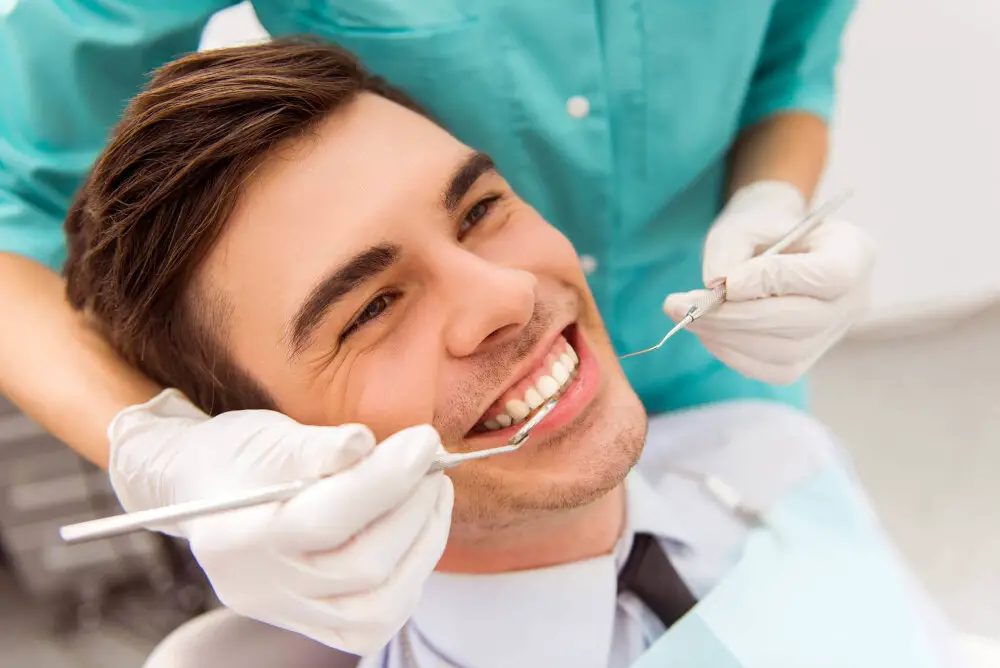
Regular dental checkups are crucial for maintaining the overall oral health of cats. Cats have 30 teeth, and just like humans, they require routine dental care to avoid dental problems. Feline dentistry is a significant aspect of veterinary medicine, and regular dental checkups can help diagnose and treat dental issues before they escalate into more severe conditions. Dental checkups can also help prevent periodontal disease, which is a common dental issue among cats. Periodontal disease is a bacterial infection that affects the gum and the surrounding tissues. The infection can lead to tooth loss, jawbone damage, and other serious health problems if left untreated. Regular dental checkups can help prevent periodontal disease, and keep the cat’s teeth and gums healthy. In addition to preventing periodontal disease, regular dental checkups can help detect other dental issues, such as broken teeth, cavities, and oral tumors. Early detection of these dental issues can help prevent further damage to the cat’s teeth and gums, and improve their quality of life. Dental checkups can also help maintain fresh breath and ensure that the cat’s diet is appropriate for their dental health. Therefore, it is essential to schedule regular dental checkups for your cat to ensure their oral health is in optimal condition. By doing so, you can prevent dental issues from developing into severe conditions, and keep your cat happy and healthy.
Regular dental checkups are crucial for cats to maintain their overall health and well-being. These checkups allow for early detection of dental problems, such as periodontal disease, which can lead to tooth loss and other serious health issues if left untreated. Additionally, preventative care can be taken during these checkups, such as teeth cleaning and polishing, to prevent the development of dental problems in the first place. By staying on top of their dental health, cats can live longer, happier lives with a decreased risk of dental pain and disease. Therefore, it is important for cat owners to prioritize regular dental checkups for their feline companions.
Regular dental checkups are crucial for cats to maintain healthy teeth and gums. The frequency of dental checkups depends on various factors, such as the cat’s age, breed, diet, and overall health. Generally, it is recommended that cats should have a dental checkup at least once a year. However, some cats may require more frequent checkups, especially those that are prone to dental issues, such as gingivitis or tooth decay. Early detection and treatment of dental problems can prevent further complications and ensure that the cat’s teeth remain healthy and functional for a long time. Therefore, it is essential to consult with a veterinarian to determine the appropriate frequency of dental checkups for your cat.
Feline dentistry is an essential aspect of cat health care that is often overlooked. Understanding how many teeth cats have, their dental anatomy, and the dental diseases they are prone to, is crucial for proper diagnosis and treatment. Cats have 30 teeth, and their dental health can affect their overall well-being. Periodontal disease, tooth decay, and oral tumors are among the common dental problems cats face. Early detection and treatment can prevent pain, discomfort, and further complications. Regular check-ups with a veterinarian, proper dental hygiene, and a balanced diet can help maintain a cat’s dental health and improve their quality of life.
As a cat owner, it is crucial to prioritize your feline’s dental health. Neglecting their oral hygiene can lead to a host of health problems, including gum disease, tooth decay, and even organ damage. Regularly brushing your cat’s teeth with a soft-bristled toothbrush and veterinarian-approved toothpaste is an excellent way to start. Additionally, feeding your cat a healthy diet and providing them with appropriate chew toys can help keep their teeth clean and strong. Don’t wait until your cat is experiencing dental issues to take action. Make dental health a priority for your feline friend to ensure a long and healthy life.
Conclusion
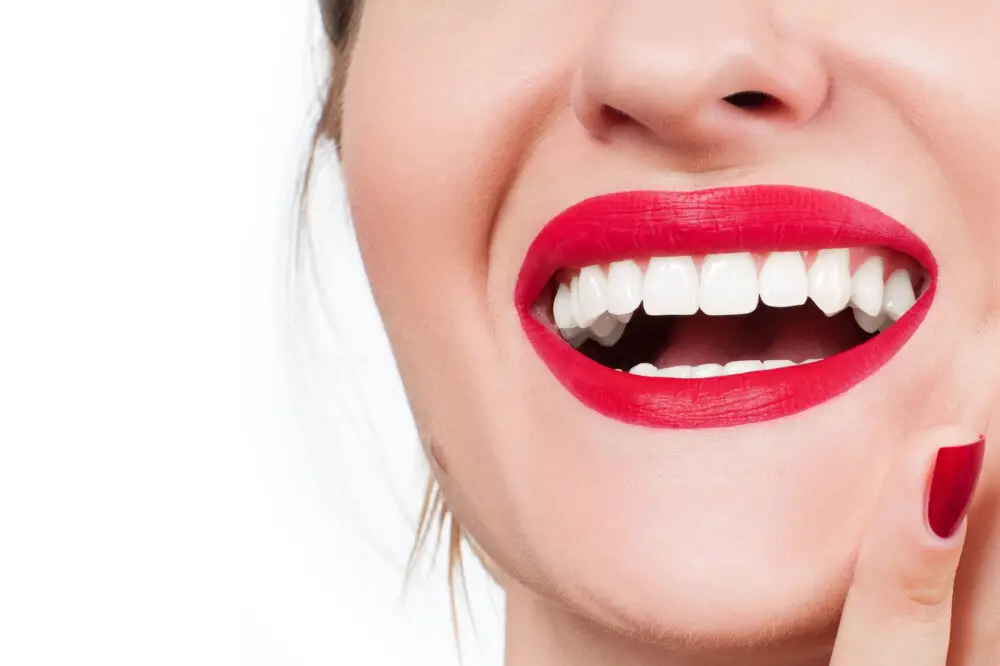
In conclusion, feline dentistry is a crucial aspect of cat health and care, and understanding the number of teeth cats have and their functions is essential for cat owners. With a total of 30 teeth, cats have specialized teeth adapted to their diet and lifestyle, including sharp incisors and powerful molars. Maintaining good oral hygiene and addressing any dental issues promptly is critical in preventing pain, infections, and other health problems in cats. As responsible pet owners, it is our duty to ensure that our feline companions receive proper dental care and attention to ensure their overall health and well-being.

